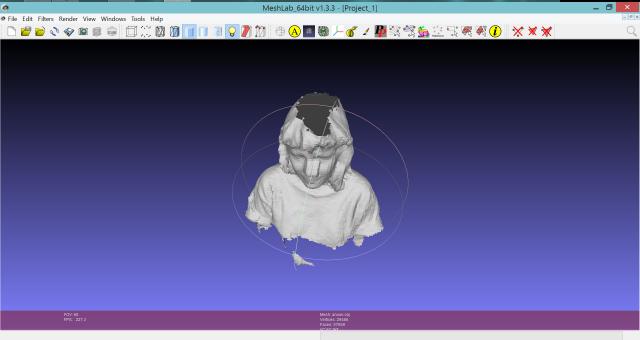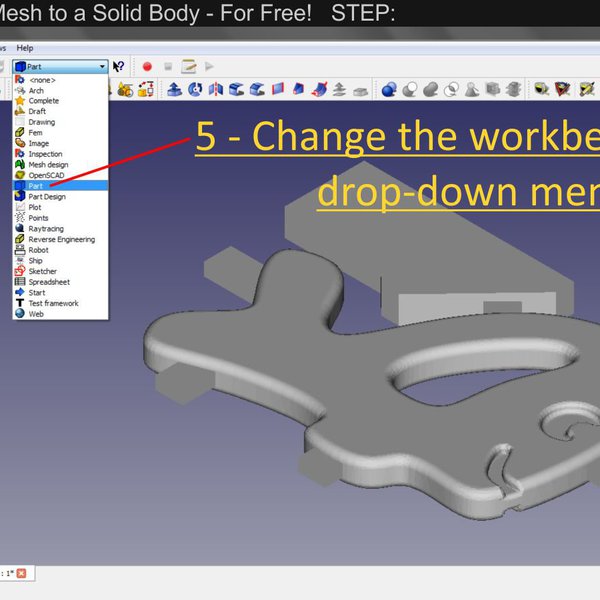


Nearly everything in the project is based on published papers in academia. Meshlab is an open source project that is almost more of an academic tool than an industry tool. What I will be covering in this tutorial is the various filters, the meshlab basics, and tips/tricks I have found most useful for doing mesh work and leave the art part of watertight meshwork to you. Instead, mesh work often rhymes and is both and art and a science. I have successfully made watertight meshes out of all sorts of different projects over the years using the tool, and basically there is no one-way to solve any given mesh or set of points. Note, however, that if you send in ambiguous parts-meshes with holes, coincident sets of triangles, or non-manifold geometry-the results may not be what you hoped for.I am no expert in meshlab, nor in mesh manipulation. There are other uses, as described below. The most obvious use of Make Solid is that you can throw in any set of overlapping shells, and get out a single non-self-intersecting mesh suitable for 3D printing. You can improve the situation by reducing the block size, at additional computational cost. Details smaller than a few blocks will likely be lost, holes may appear in regions thinner than two blocks, and sharp edges will likely be smoothed. Like pixels in an image, these little blocks have a fixed resolution. Once we have the voxel representation, we can do various things to turn it into a better approximation of your input shape. It might not be the solid you intended, but it will be solid. This representation allows us to create an unambiguous solid from whatever input you send. What Make Solid does internally is create an approximation of your input shape using a large number of tiny cubes known as voxels. Make Solid is a powerful tool that you can use in many situations, but it really helps to understand how it works. The original object is also hidden, but you can turn it back on in the Object Browser. Instead, the solid is added to the scene as a new Mesh object, with "(solid)" appended to the original object name. When you Accept a Make Solid operation, we do not modify the input object.

The Offset Distance and Min Thickness sliders are only available when the Solid Type is set to Accurate. For casual use, the sliders are sufficient, but if you need repeatable results, the Cell Size boxes, which are editable if you click them, are a more precise way to define the subdivision step size.

Higher numbers mean more accurate results at the cost of slower computation and, in the case of Mesh Density, significantly more triangles. Each of these sliders specifies a sampling rate for the surface, essentially a number of "steps" that the object is split into. Note that for the Solid Accuracy and Mesh Density settings, a Cell Size option is shown below the slider. In most cases you will see a progress bar with a Cancel button, however the cancel is not instantaneous, in extreme cases it can still take a minute or two for a click on the cancel button to have an effect.
#Meshlab make solid update
In some cases this tool can take quite some time to compute, so to kick off a new preview you have to click the Update button. Unlike many tools in Meshmixer, the preview in the Make Solid tool does not automatically re-compute as you change the parameters.


 0 kommentar(er)
0 kommentar(er)
